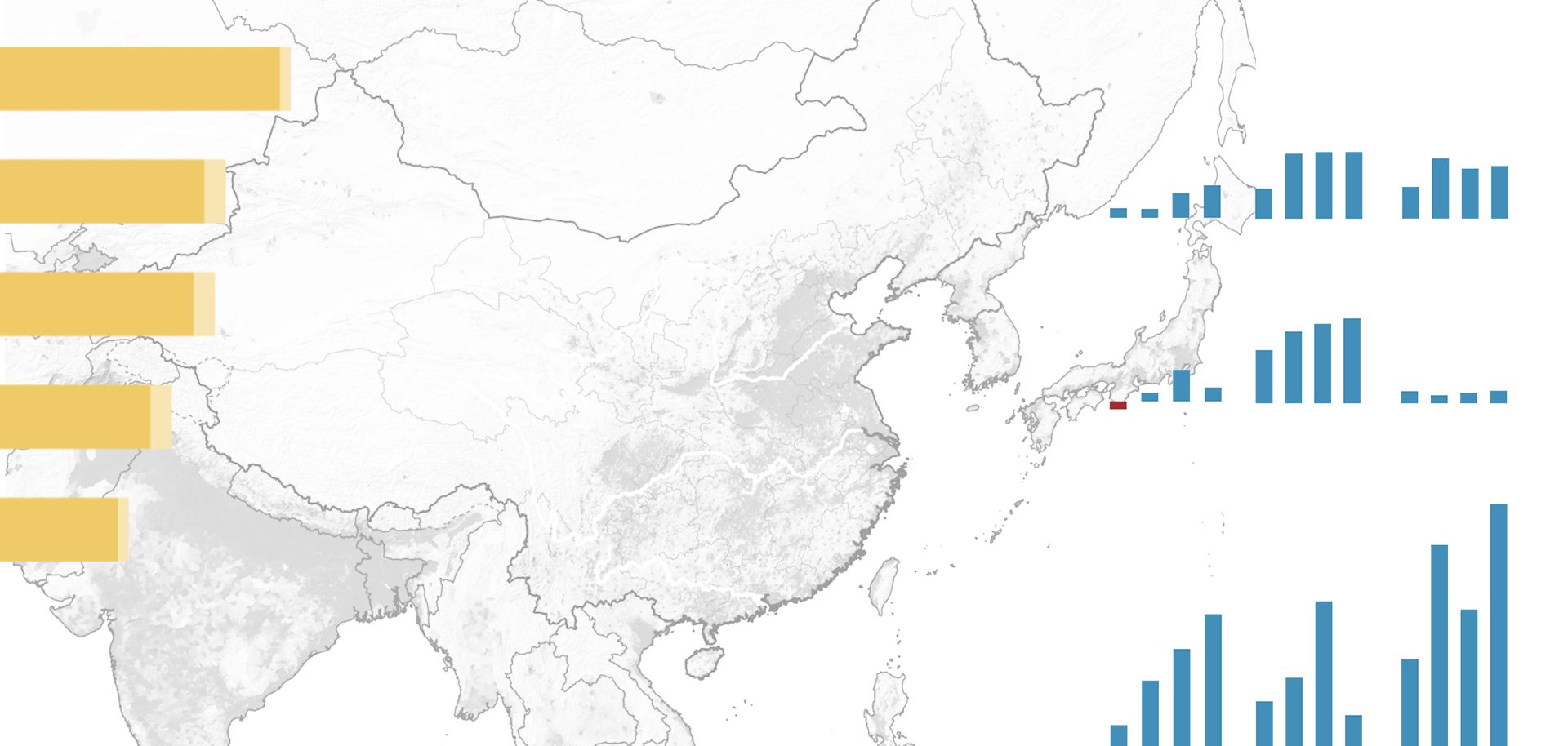
What will China's role be in the international order five, 10 or 15 years from now? To answer that question, it is vital to understand the effects of the 2008-2009 global economic crisis on the Chinese economy. The crisis shaped both China's political and economic challenges and the international backdrop against which those challenges will play out. By far its most significant consequence for China was the impact the crisis had on the export-oriented economic growth model that sustained China's extraordinary rise in the decades after Mao Zedong's death.
Between 1979 and 2007, exports as a share of China's gross domestic product rose from less than 6 percent to nearly 36 percent — more than three times the ratio in the United States, twice that in Japan and on a par with that in Germany. Of course, the flipside of this tremendous growth was that, by 2007, some 300 million or more Chinese workers, many of them migrants from the impoverished interior, worked in and around the country's vast coastal export empire. For years prior to the financial crisis, Chinese leaders readily acknowledged the limits and risks inherent to the country's export-oriented economic growth model. They understood that rising rates of urbanization, education levels and costs of living in coastal cities would eventually — despite formal and informal government efforts to keep costs low — undermine the competitiveness of coastal China's low-cost manufacturing base.
Still, for China's leaders, though the long-term goals of stimulating domestic consumption, developing a high value-added services sector, and pushing manufacturing up the value chain were critical, they were ultimately just that: long-term goals. In the short-term, the need to maintain high rates of employment, along with the reasonable fear that the pursuit of economic reforms to enable a consumption-driven economy would undermine employment, guaranteed that any move to reduce the country's reliance on low-cost exports would be partial at best.
The global financial crisis obliterated this logic almost overnight. In effect, the global economic crisis pushed China to accelerate the process of moving from an economic model grounded in the systematic repression of private household consumption (by maintaining artificially low wages and input costs) to one grounded in the expansion of domestic consumption. The crisis imposed time constraints on the transformation that would have to be undertaken, the scale and speed of which were already enormous. Indeed, had China been able to make the shift from a low-cost export economy to a consumption-driven economy more gradually and in an environment of strong global growth, its economic situation, and likely its social and political situations, too, would probably be different today.



